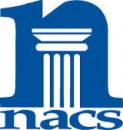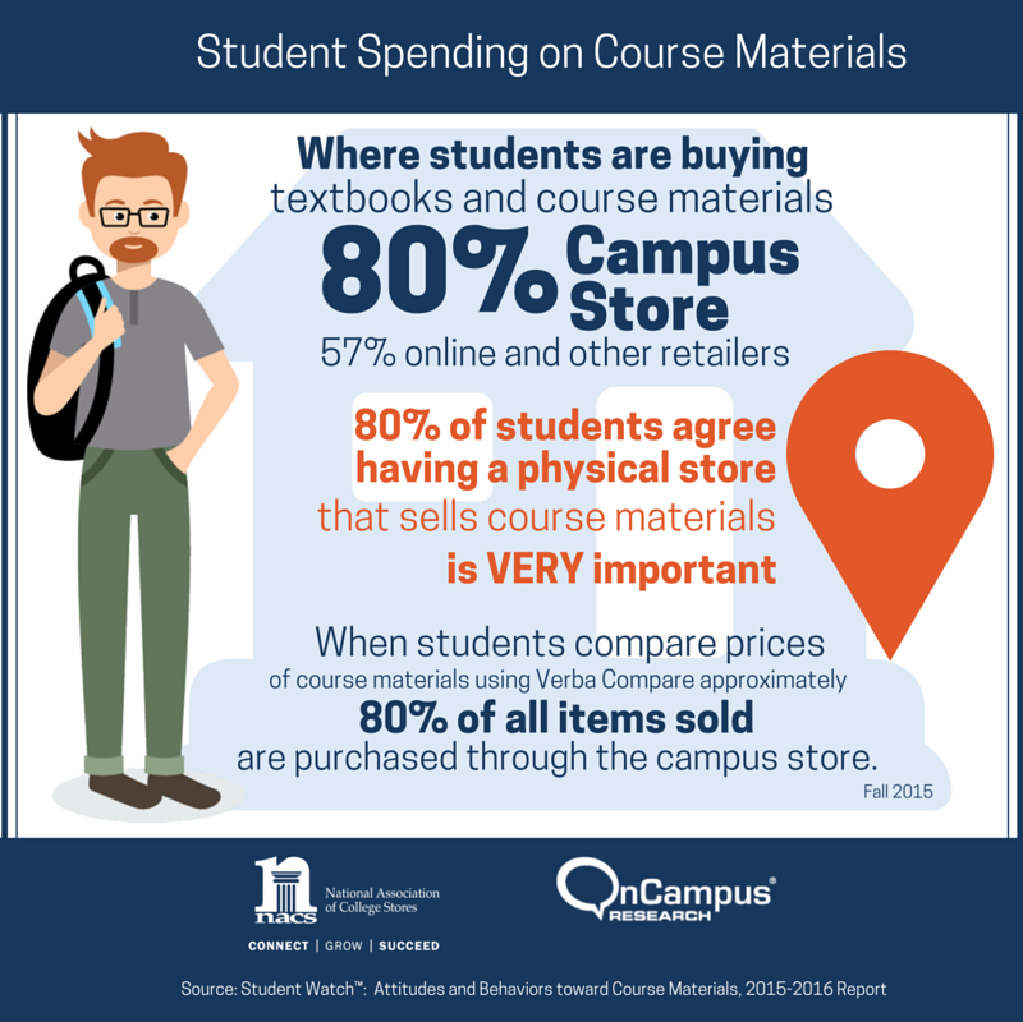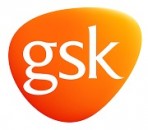![]()
Amazon Prime Student members enjoy Free Two-Day Shipping on more than 30 million items and now receive $20 when they refer a friend to the program.
SEATTLE, Wash. — With summer coming to an end, Amazon is helping college students ramp up for a stress-free school year. Amazon Prime Student, which is half the price of a regular Amazon Prime membership, gives students Free Two-Day Shipping, exclusive deals and more, helping to make that summer-to-class transition a bit easier on students’ schedules and wallets. And, for a limited time, students will get a $20 Amazon credit for every person they refer who signs up for an Amazon Prime Student trial. Find out more at amazon.com/joinstudent.
Any student who signs up for Amazon Prime Student receives a six month trial and immediately starts enjoying Free Two-Day Shipping on more than 30 million items, from supplies for class to dorm room or apartment essentials, making college life more affordable and convenient. Amazon Prime Student members can also take advantage of unlimited streaming of movies and TV shows through Prime Video, and unlimited photo storage with Prime Photos.
Plus, Amazon can help students save time and money by skipping the bookstore line and visiting the Textbooks Store. Amazon offers savings of up to 80% off price list for rentals between 30 to 360 days and up to 60% off purchases. With Amazon’s flexible rental program, students can decide how long to keep the material. And, when it comes time to send items back, Amazon will pay for return shipping.
For other must-have back-to-school essentials, students can visit Amazon’s Off to College Page and College Checklist for the best savings on electronics, school supplies and fashion.
About Amazon Prime Student
Amazon Prime Student gives college students unlimited Free Two-Day Shipping on more than 30 million items. Students can sign up for a six-month, trial of Amazon Prime Student to access these benefits, plus unlimited streaming of tens of thousands of movies and TV shows with Prime Video and free unlimited photo storage with Prime Photos. After that it’s just $49 a year — half the price of a regular Amazon Prime membership — and includes over a million songs with Prime Music and one free pre-released book a month with Kindle First. To learn more, visit amazon.com/join student.
Media Contact:
Carly Golden
gocarly@amazon.com










